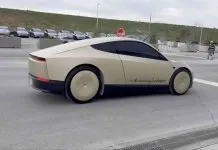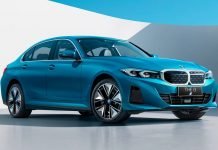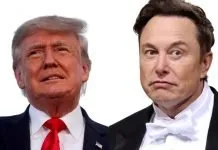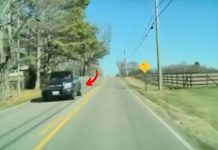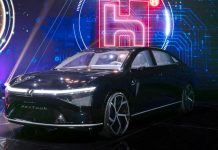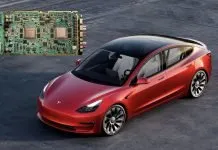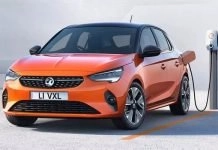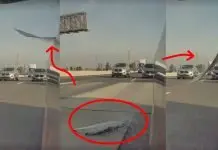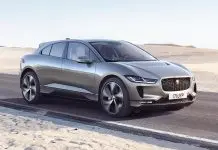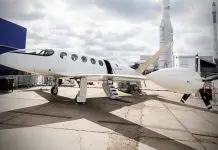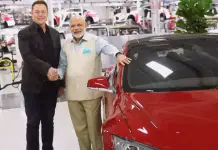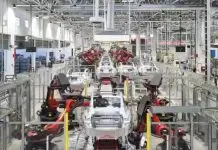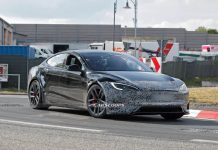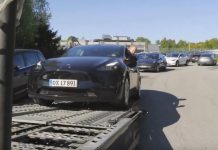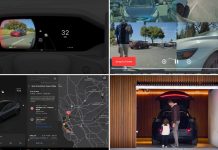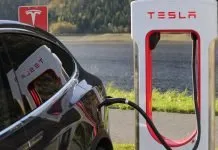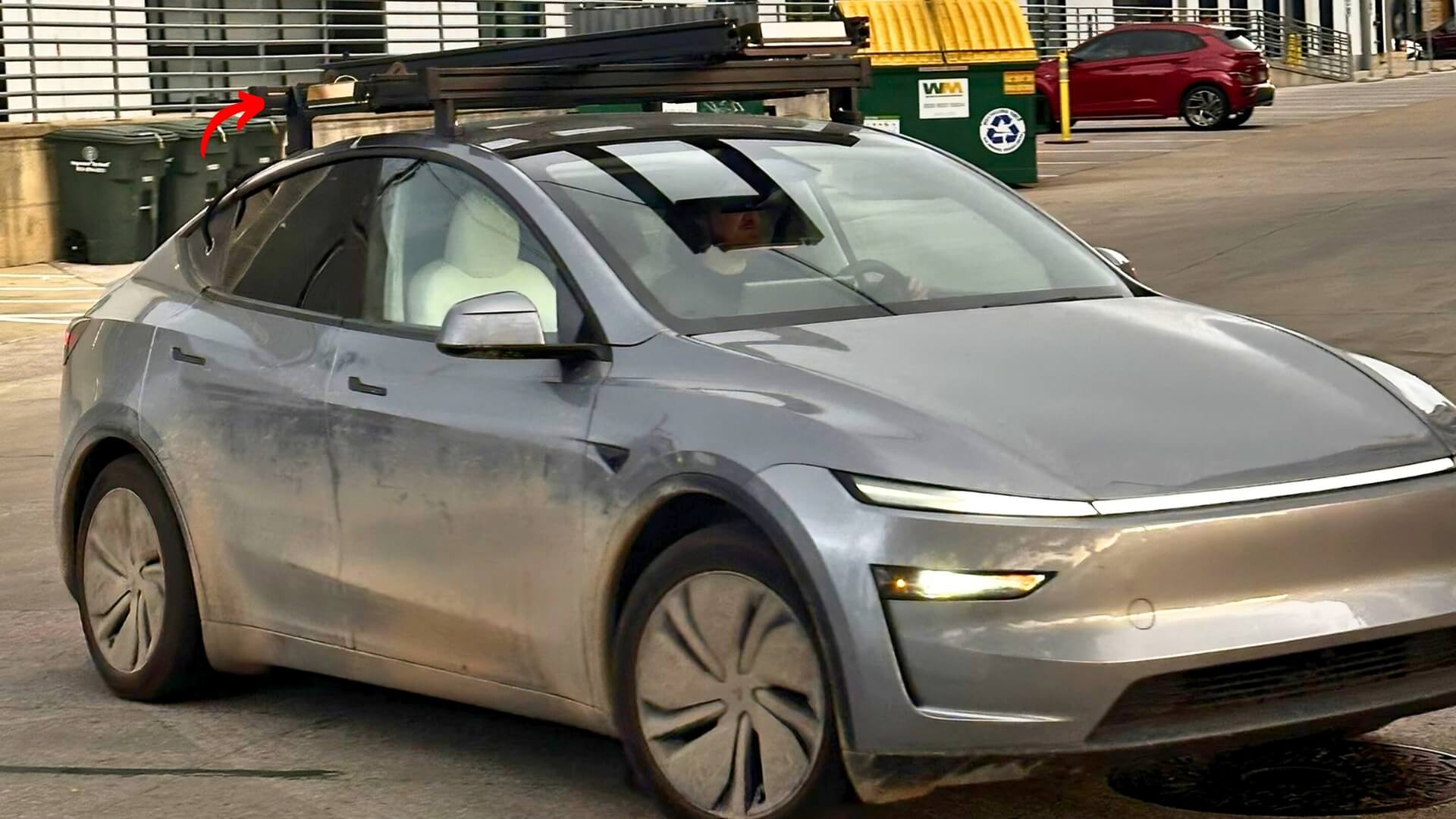In a surprising turn for Tesla’s past position against LiDAR equipment, a Model Y with a clear LiDAR sensor fixed on its roof rack has recently been seen near Giga Texas. Besides this, more interestingly, a change in the design that is not quite apparent has also been witnessed: a hidden camera is located just above the bumper line in the shadow.
The sighting has attracted a lot of discussion concerning the consequences that it will have on self-driving for Tesla and hardware changes.
A Shift in Strategy?
Tesla’s CEO, Elon Musk, has time and again derided the use of LiDAR as a way to ‘crutch’ towards the full autonomy they are headed toward, instead opting for vision-based solutions using neural networks and cameras. However, this recent sighting implies that the company is thinking again or, perhaps, at the worst, gathering information for evaluation.
The footage revealed a prototype of a redesigned Model Y that was spotted driving in the vicinity of the Giga Texas plant with the LiDAR sensor mounted on the roof, which is rather large and certainly not factory-installed. Tesla has previously worked with LiDAR production companies such as Luminar, and these collaborations were considered to primarily be used for comparing the sensor’s reliability rather than actually incorporating them into their cars.
Model y refresh with no front bumper camera.. hmm pic.twitter.com/ovxWr4bd9R
— Bobby E (@BobbyEParody) April 5, 2025
Front Bumper Camera
Beneath this particular light bar, what can be more interesting is the placement of a hidden camera on the front facing the bumper line as well. While the cameras that Tesla currently employs are mounted on the pillars, on the fenders, or above the rearview mirror, this covert camera suggests a growth of the vehicle’s vision system.
Such a placement could enhance low-light and depth perception, which is crucial for the FSD suite, especially in complex city environments, when parking, or at high-traffic junctions. If it is part of a wider hardware upgrade, this could point to the move to FSD Hardware 5, which was followed by Hardware 4, which was recently deployed in newer Model S, X, and select Model 3.
Experimental or Evolutionary?
As for this modified Model Y, there are theories that two basic ideas now exist about the automobile. One is that Tesla is conducting experimental benchmarking, or in other words, is currently gathering data about the efficiency of the LiDAR and camera-only systems. This would not be new to Tesla, as the company has, in the past, utilized LiDAR-equipped cars as testing and reference chassis.
The second, which is more radical, suggests that Tesla might be gearing up for a change in its vision regarding hardware for autonomous vehicles. This could be another way that Tesla is effectively using the tool for temporary LiDAR employment, possibly in training the neural nets for improved interpretation of semantically richer visual information while not having the consumer-facing production vehicles embedded with it any time soon in light of past Musk statements.
Final Thoughts
Thus, despite Tesla’s silence on the sighting, the roof-mounted LiDAR sensor and a hidden bumper camera on a new Model Y near the Giga Texas facility cannot be ignored. Whether it is a research vehicle to fine-tune some of the technologies or a testing bed for some of the hardware that is expected to come if the turning point is achieved or simply a bait to shift into a whole new next direction, Tesla is indeed testing outside its set product strategy.
For now, all we are sure of is that Tesla has not finished the transformation, and the firm is not just changing; it is subverting every assumption that people may have made about its business model.


